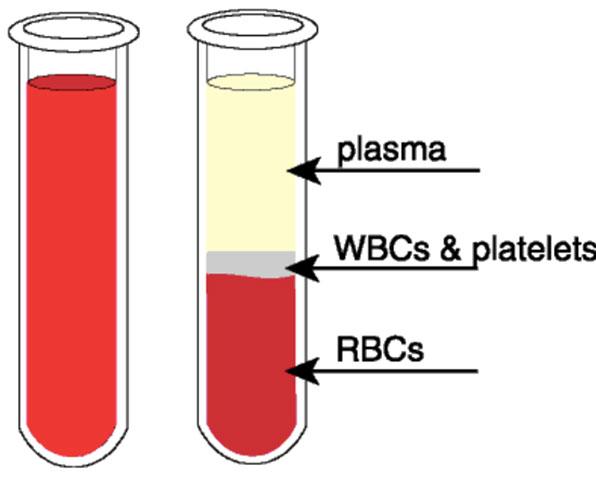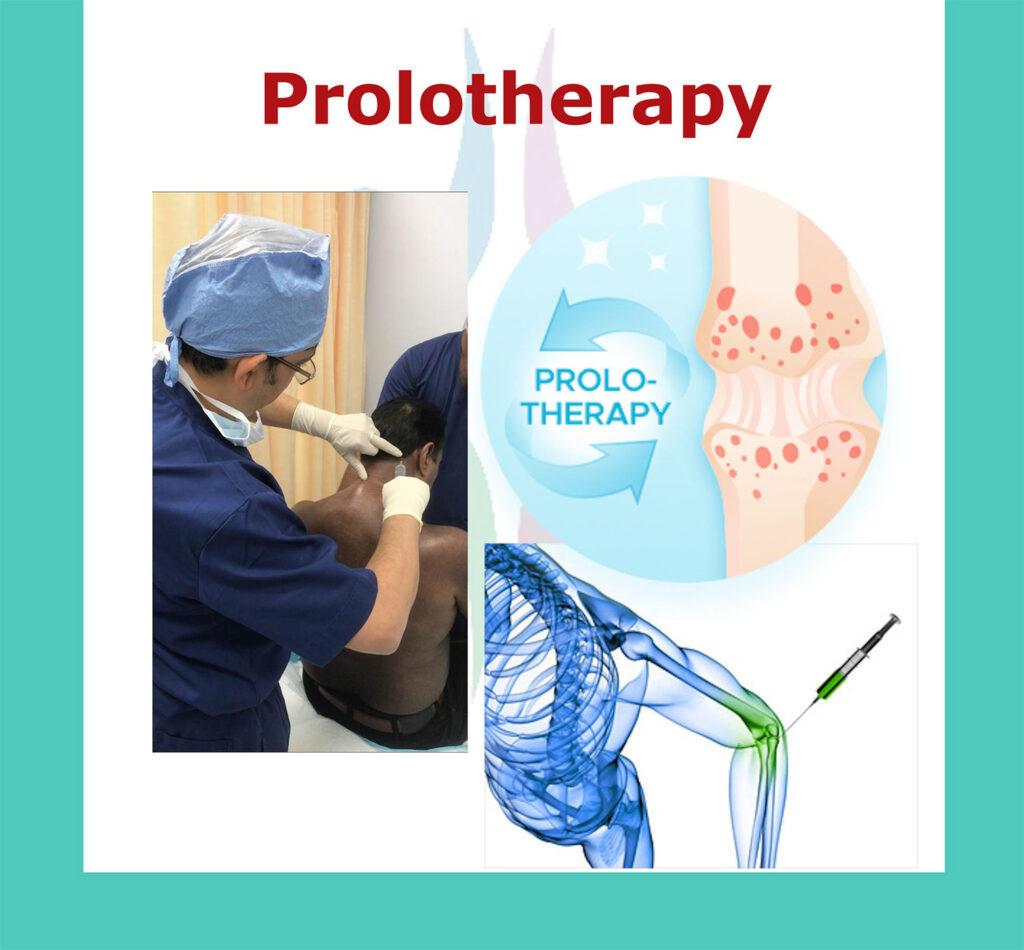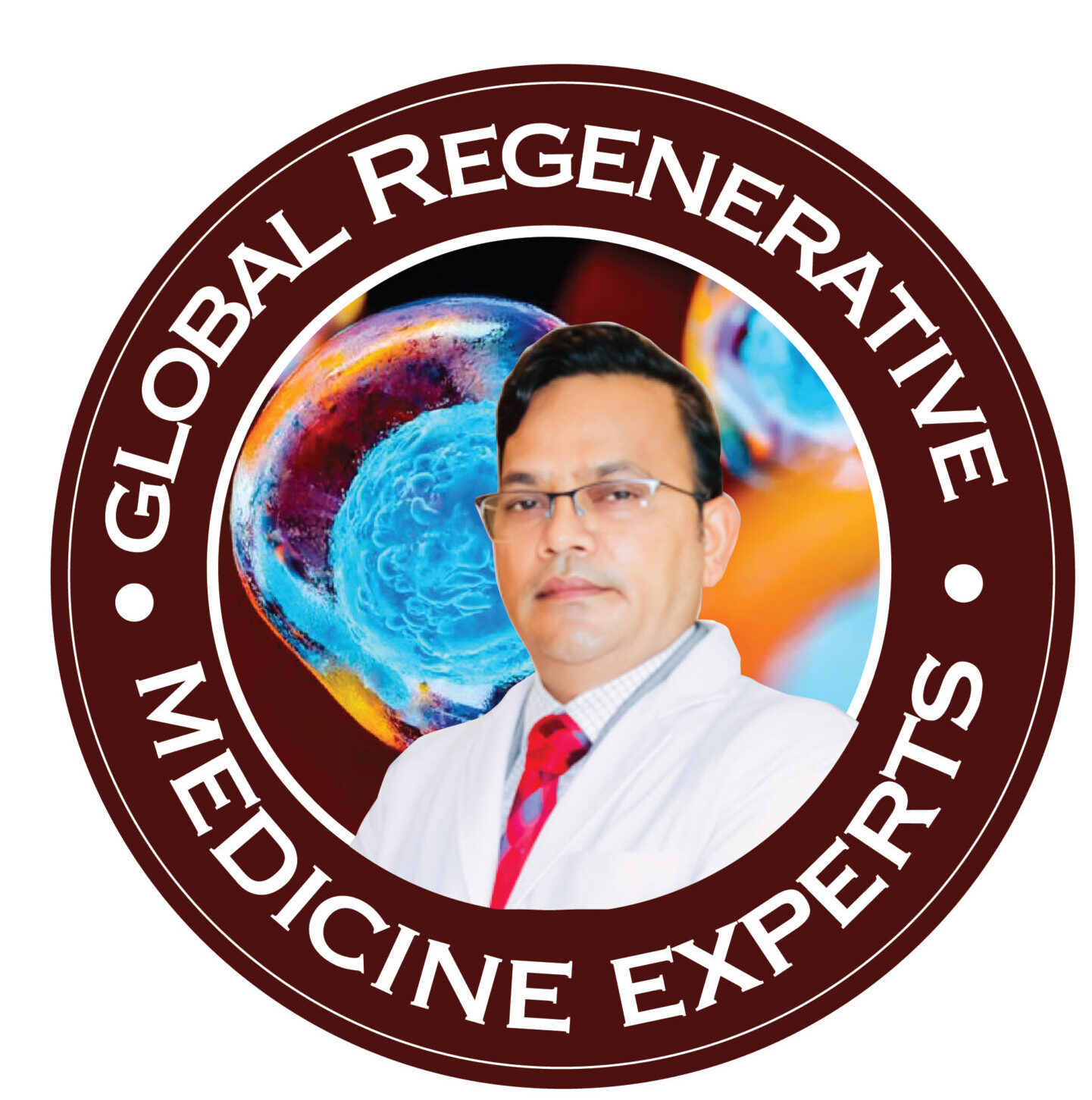
What Are Stem Cells?
Stem cells are unspecialized cells naturally present in our bodies. Unlike specialized cells such as skin and liver cells, stem cells are not specialized and have the ability to differentiate into various types of cells.
This property of stem cells allows them to become the cells of desire (differentiate) then grow to repair the damage in organs and tissues. Although we all have stem cells are in our body, the activity of stem cells decreases once we are full grown adults.
The stem cells settle in certain parts of the body such as bone marrow, and a very small number gets into the blood circulation to fix tissue damage. Stem cell therapy has become one of the most exciting areas of medicine, encompassing all areas of current medical science and is now used to manage and treat diseases which used to be classified as incurable.
Why Stem Cell Therapy?
Stem cells Therapy in Dubai It’s natural, simple, safe, and minimally invasive by using your body’s own cells to recover the damaged sites of the body.
Not only that it introduced to target and treat the main cause of the musculoskeletal problem rather than the symptoms, but it also is less invasive than any of the conventional surgical approaches, thus the recovery time is faster.
The discomfort in joints can be caused by the loss of bone, and cartilage tissues, which results in pain and stiffness.
Stem cell therapy in Dubai encourages the cells to grow back and restore the original structure of the bones. My Doc providers are trained and certified in regenerative medicine
What Is Bone Marrow
Bone marrow is a soft tissue inside the bones which contains a high concentration of stem cells.
The stem cells in the bone marrow and responsible for bone growth in children and teenagers.
What To Expect On The Day Of The Procedure?
One day before the scheduled procedure, the provider will use a needle to collect bone marrow. This can be done under sedation or general anesthesia, or under local anesthesia.
Bone marrow is commonly taken from the pelvis but may be taken from other sites.The sample of bone marrow is removed and spun down in a centrifuge to separate the cells, this will result in a liquid, highly concentrated in stem cells. On the day of the procedure the sample rich in stem cells will be injected directly into the injured site or joint. As the injection is done in series, the stem cells will be collected, treated and reinjected in your next scheduled injection
How To Prepare For The Procedure?
Prior to having Stem cell therapy there are certain guidelines you need to follow in order to assure the best results. Inform your doctor of any current or previous medical condition and all the medications that you are currently taking.
Avoid the use of NSAIDs for at least 2 weeks prior to injections. Discuss with your provider an alternative option for pain management. If you plan to have the injections under sedation, Kindly fast for 8 hours prior to the procedure. Don’t plan any aggressive workout, long walks, heavy lifting on the day of the procedure.
What Kind Of Stem Cells Is Used In EIMSC?
There are two main kinds of stem cells, embryonic and adult stem cells. The stem cells involved in embryonic development and in the umbilical cord are known as Embryonic stem cells.
Adult stem cells are cells involved in growth and repair from birth onwards, and they are present in bones and various organs in the body. The stem cells used at My Doc are Adult stem cells collected from the patients and reinjected at the injury site to repair damage
Is There A Risk Of Graft Rejection?
There is very little risk of contamination and infection that could cause rejection to the injection since it comes from your own body.
How long does it take to recover after stem cell injections?
On average, It takes approximately 6-8 weeks after the last injection to get better. Sometimes less time, sometimes more.
Will I Feel Any Pain If I Have Local Anaesthesia But Not Sedation On The Day Of The Procedure?
The procedure can be accompanied with some pain due to the injection at the problematic area. Infrequently, the injectate may also cause an increase in pain. The procedure can be performed under sedation which will significantly decrease your awareness of pain.
Please refer to our Sedation Vs. Non-sedation patient education card if you would like to know more about the sedation procedure
GOLDIC

WHAT IS GOLDIC?
GOLDIC is a personalized Regenerative Therapy using Stem Cell Research to treat conditions such as Cervical/Thoracic/Lumbar disc disorders, osteoarthritis of joints, Rheumatoid Arthritis & Tendons/Ligament/Muscle disorders injuries.
Specially designed gold particles, mixed with a person’s blood, create activated cytokines, injected back into the individual to repair and regenerate the tissue while reducing swelling, pain, and inflammation.
HOW GOLDIC WORK?
Dr. Ulrich Schneider of Germany took GOLDIC research and applied it to Stem Cell Therapy to create GOLDIC. This new approach is based on the upregulation of several essential proteins that can directly influence the body ́s own regenerative processes.
GOLDIC medical products help the treating physician in the enrichment of anti-inflammatory and regenerative proteins, as well as the activation and differentiation of the body’s own stem cells GOLDIC
WHAT IS THE PROCESS OF GOLDIC TREATMENT?
GOLDIC involves an easy, step-by-step process:
- Your physician will take a small blood sample from you.
- This blood will then be mixed with the selected gold particles in specialized tubes.
- The mixture will then be incubated for 24 hours to allow the reactions between your blood and the gold.
- After this, the mixture will be centrifuged (spun very quickly in a machine) to separate the gold, your platelets, and blood cells from the treatment serum. This serum will concentrate on the cytokines and growth factors produced explicitly for you.
- Your physician will inject this serum into the affected area 4 times over 3-4 weeks.
Why Try GOLDIC With Dr. Ashok Kumar?
Dr. Ashok Kumar is a Consultant Orthopedic & Board-Certified Regenerative Medicine expert (American Academy of Regenerative Medicine) & GOLDIC expert and is the author of the original article on the role of GOLDIC in osteoarthritis of the knee joint.
He uses personalized GOLDIC therapy in osteoarthritis of joints, cervical/thoracic/lumbar disc disorders, tendon/ligaments, and muscle disorders/injury.
RESULTS OF GOLDIC TREATMENT?
Stem Cell therapy is a fast-paced, revolutionary treatment option that focuses on using what the body already has, making it safe and effective as it is tailored to the individual. By using your blood, the risk of side effects is significantly reduced. GOLDIC therapy activates your existing stem cells in the affected area, supporting them to recover naturally.
GOLDIC has a very high success rate and is becoming an extremely effective treatment across the world. With GOLDIC epidural injections, there is no scarring, no cutting of the spinal musculature (which can cause muscle injury and residual low back pain after surgery), and limits complication rates. The healing process is accelerated; the patient is faster, pain-free, and earlier physically fit.
Get in touch with us for more information; Dr. Ashok Kumar will be happy to discuss this revolutionary therapy with you.

What Is PRP?
Our blood is composed of erythrocytes (red blood cells), mono leukocytes (white blood cells) and plasma. The platelets activate different pathways involved in various growth factors. In PRP procedures, your own plasma is processed to be platelet rich, and then injected into the damaged tissue to activate the regeneration process to promote tissue repair and accelerate healing in the damaged joints.
At Emirates Integra, PRP injections are used to treat conditions including knee injuries, osteoarthritis, shoulder injuries and rotator cuff tears, tennis elbow, severe hamstring pulls, damaged Achilles tendon, plantar fascia & quadriceps injuries.
How Is PRP Obtained From Blood?
After your blood is collected, it is processed through multiple centrifugations to separate the plasma from the other components.
The peripheral blood after processing is composed of three main layers: red blood cells (RBCs), plasma, and mononuclear cells which have the white blood cells (WBCs).
The processed plasma is then injected into the injured tissue.
How Does PRP Help Us?
Platelets can be considered powerful healers and PRP therapy magnifies this power. Joints normally have low blood supply due to decreased blood flow, resulting in decreased nutrients, platelets and enzymes.
This is why the regenerative activity is decreased in joints. PRP injections increase blood to the affected area, ensuring that a significant amount of platelets are present to stimulate the natural repair process.
What To Expect On The Day Of The Procedure?
On the day of the procedure, the nurses will collect blood from your arm with a syringe. The blood is then processed to obtain PRP. This process takes an hour and 20 minutes so we will schedule you for a nursing appointment before your actual procedure appointment time to allow enough time for the blood collection and processing.
Next, the PRP will be injected in the problematic area. This could be done with local anesthesia or without. The procedure can be painful during the insertion of the injection, as well as pain due to the injected PRP. However, this is a short term pain which will reduce gradually over the next few hours.
If you wish to be sedated during this procedure please inform your doctor or contact us by phone (04-3607089) or email (info@mydoc.ae), so we can book you in for a pre anesthesia consultation to evaluate your eligibility for sedation.
What Happens After The Injection?
PRP injections are an outpatient procedure that typically takes no more than an hour, depending on the number of injections. You won’t have to stay the night in the clinic.
The injection can also restart a healing inflammatory process, which is why patients are often given initial activity restrictions. Post injection, you should be applying cold packs for up to 20 mins. every hour for at least 3 hours to minimize the potential for any problems such as swelling and/or pain. Subsequent referrals to physical therapy are often made so that patients may be taught weight-bearing exercise in an appropriate fashion to rebuild strength and flexibility.
These injections are given in a series, typically one to three injections at intervals of seven to ten days for four to six weeks. Completing the series is extremely important for the effectiveness of the treatment. The next step is to make sure you are available at the time of your next injection. Your provider will inform you of the intervals for your injections and work with you to schedule the entire series before starting treatment. Your provider will need to meet with you to follow up on the progression of your treatment and evaluate the improvement.

What is Prolotherapy?
Proliferative therapy (Prolotherapy) is a non-surgical ligament, and tendon regenerative joint injection used most commonly for chronic musculoskeletal conditions. Prolotherapy repairs the weakened site by producing new collagen tissue, stabilizing the joint, and pain relief.
This is what gives prolotherapy an advantage over traditional approaches such as surgery, which has more risk and may not stabilize the joint or relieve pain, and pain killers, which only provide temporary pain relief
How does Prolotherapy help us?
When ligaments or tendons are stretched or torn, the joint attached loses stabilization and causes significant pain. This can be due to age, previous injury, or illness.
Prolotherapy promotes the cells in our bodies to grow and duplicate to replace the affected site. Prolotherapy triggers various cellular pathways and activates them to induce self-healing.
What problems can Prolotherapy can treat?
Prolotherapy can treat various tendon, joint, and nerve problems. It can also be a pre-treatment to support other regenerative medicine treatments such as PRP and stem cell injections.
Problem areas that can be treated by prolotherapy include back pain, neck pain, knee pain, knee meniscal tears, wrist or hand pain, osteoarthritis, shoulder pain, elbow pain, foot pain, ankle pain or instability, hypermobility, osteitis pubis, IT band syndrome, or other musculoskeletal pain and injuries
What to expect on the the day of the procedure?
Prolotherapy injections can be performed during a consultation or a planned injection appointment. If you are using NSAID medications, you need to abstain from them for at least three days before receiving prolotherapy injections. At My Doc, we use ultrasound guidance to inject the targeted problem area more accurately.
Neuroprolotherapy is performed by making injections in the soft tissue near the nerves. According to your patient’s preference, this can be done with or without local anesthesia
What happens after the injections?
Prolotherapy injections are an outpatient procedure that typically takes no more than half an hour, depending on the number of injections. You will not be required to stay the night at the clinic. Immediately after the procedure, you will likely experience mild pain at the injection site.
Post-injection, you should be applying cold packs for up to 20 min every hour over the next 3 hours to minimize the potential for swelling or pain.
Prolotherapy treatment sessions are generally given in up to 3 injections, with multiple series of injections being required in some cases
Do I have to fast on the day of the Prolotherapy?
No, you can eat and drink normally. A good protein meal is recommended before the procedure, and you are asked to drink lots of fluids before the procedure to stay hydrated.
What are the indications of Prolotherapy?
Problem areas that can be treated by prolotherapy include Low back or mid back pain, neck pain, knee pain, knee meniscal tears, wrist or hand pain, osteoarthritis, shoulder pain including rotator cuff tears, elbow pain including golfers or tennis elbow, foot pain including plantar fasciitis, ankle pain or instability, hyper-mobility, osteitis pubis, IT band syndrome, or other musculoskeletal pain or injury.
Why is an ultrasound machine used during the procedure?
The Ultrasound machine allows us to see the inside of the joint in real-time in the consultation room. This way, we can verify that the treatment is being injected into the affected joint and not simply into the soft tissue surrounding the joint
What are the side effects of Prolotherapy?
Mild pain, irritation, stiffness, numbness at the injection site, or mild bleeding. The application of ice packs every 20 minutes for 3 hours after the procedure will significantly decrease the chance of these side effects. Often, you’ll be able to return to work directly following the process, and these symptoms will subside within the following 24 – 72 hours
